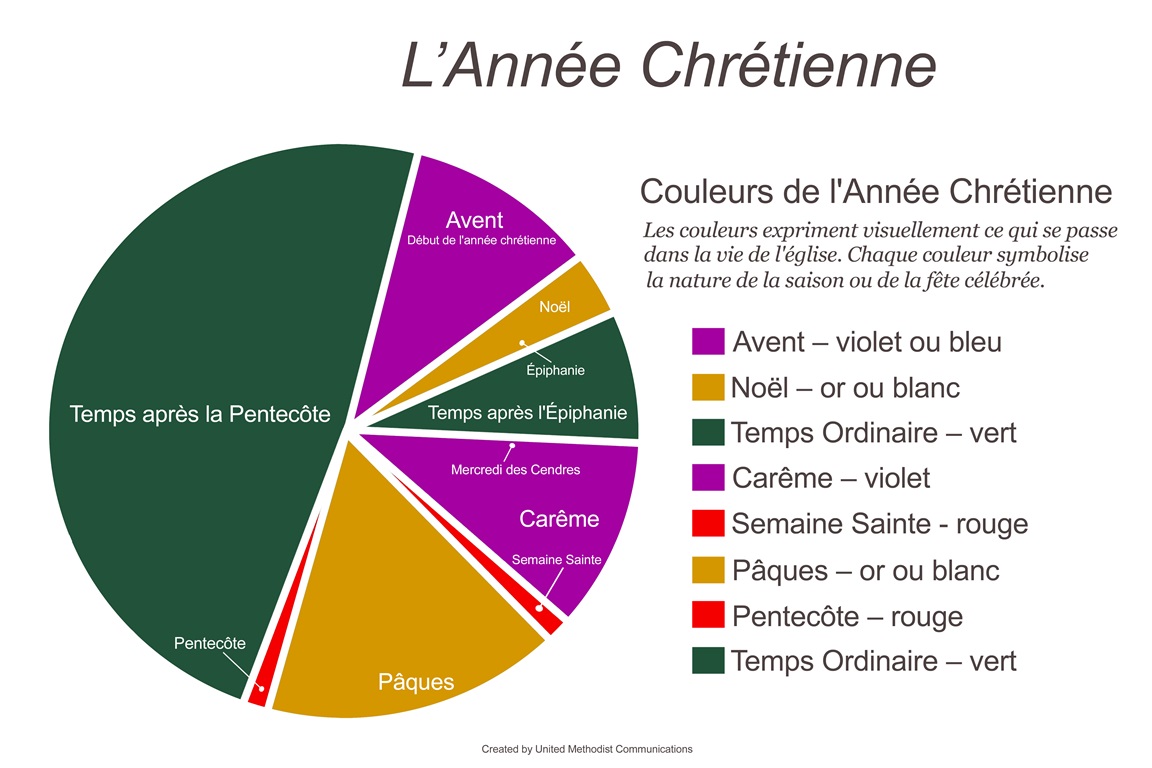The Christian year includes two central cycles focused on major events in the life of Christ: the Christmas cycle (Advent-Christmas-Epiphany) and Easter cycle (Lent-Easter-Pentecost).
Each of these seasons begins with a time of preparation and anticipation followed by a time of celebration. A season designated as Ordinary Time follows each cycle.
The word "ordinary" here does not mean “routine” or “not special.” Instead, it refers to the "ordinal numbers" (first, second, third, etc.) used to name and count the Sundays (such as the Third Sunday after Epiphany). This term comes from the Latin ordinalis, meaning "numbered" or "ordered," and tempus ordinarium, “measured time.”
The first period of Ordinary Time, called the Season after Epiphany, begins on Epiphany Day and ends on the day before Ash Wednesday (the beginning of Lent). The central theme of this season is the calling of disciples and the early ministry of Jesus.
For some congregations, this will mean a focus on evangelism, as found in the Old Testament and Gospel reading for each week. For others, the focus will be preparing to help others grow in their discipleship. The Epistle reading each week emphasizes this.
The second period of Ordinary Time, the Season after Pentecost, follows the Easter cycle. It begins the day after Pentecost and continues to Advent. The purpose of this season is to support new disciples and the whole congregation in living out the gifts and callings discerned during the Easter Season and commissioned on the Day of Pentecost.Every year, Christians experience the contrast between the central seasons of Christmas and Easter, where we see God in the events around the coming of Christ, and the in-between times, where we see, speak about and join God’s ongoing work in the world.
We thus experience two regular cycles of preparation, celebration and action in ministry each year, with the Ordinary Times as the primary periods of action.
Download a PDF of the Christian Year chart.
This content was produced by Ask The UMC, a ministry of United Methodist Communications.





